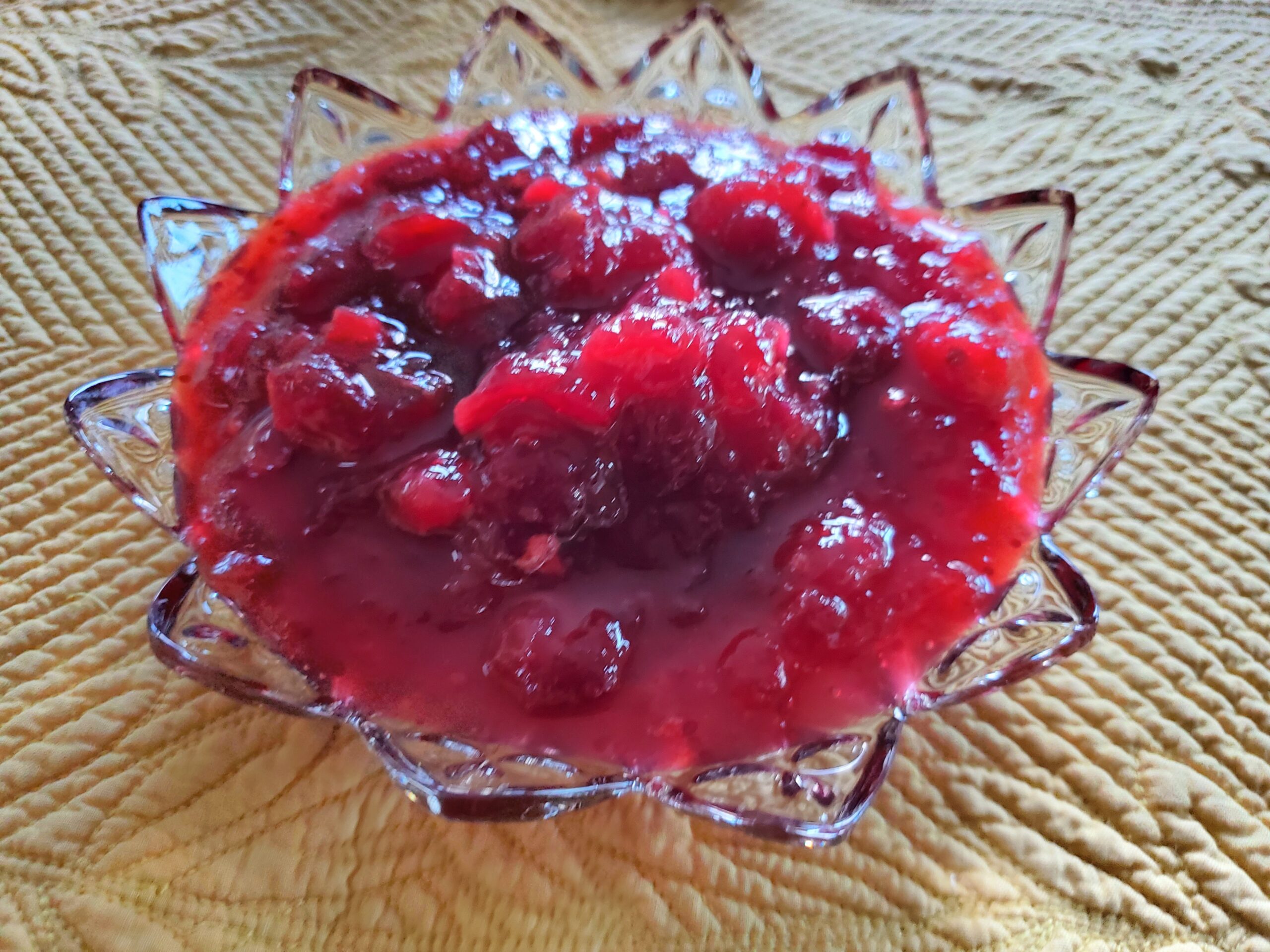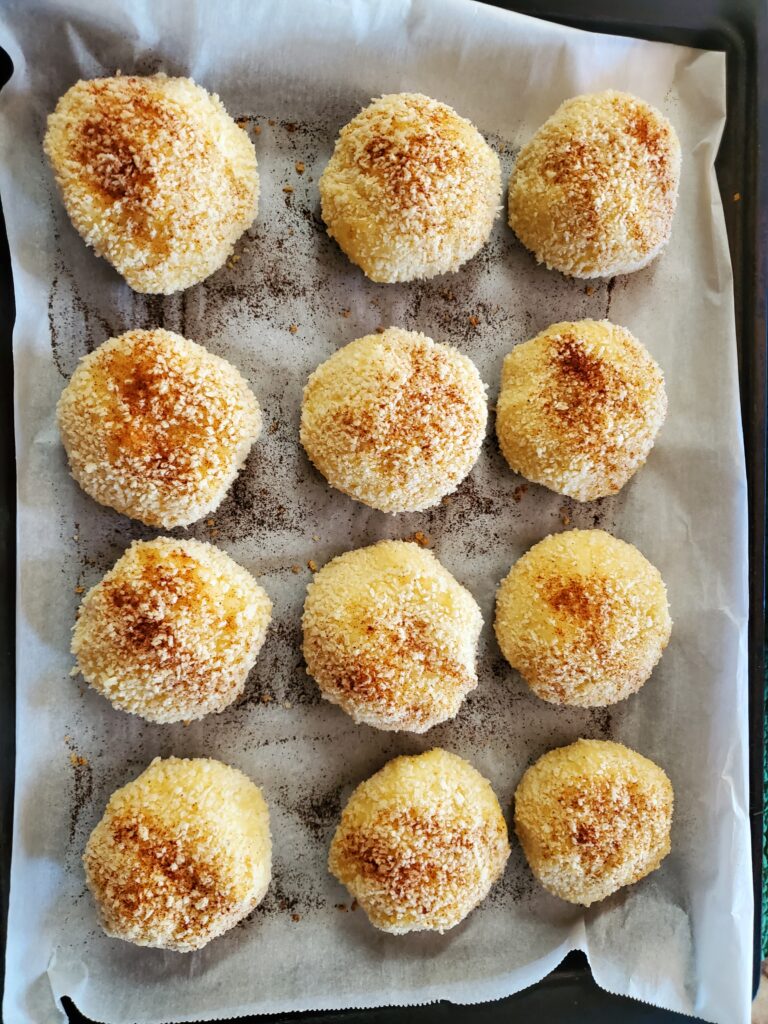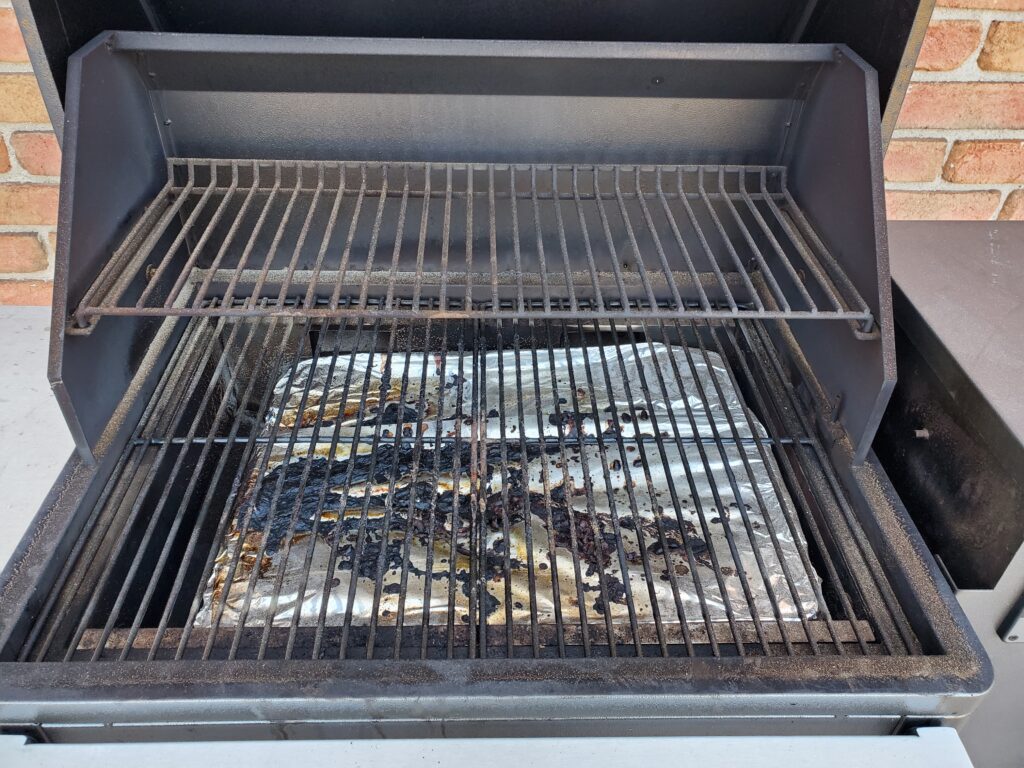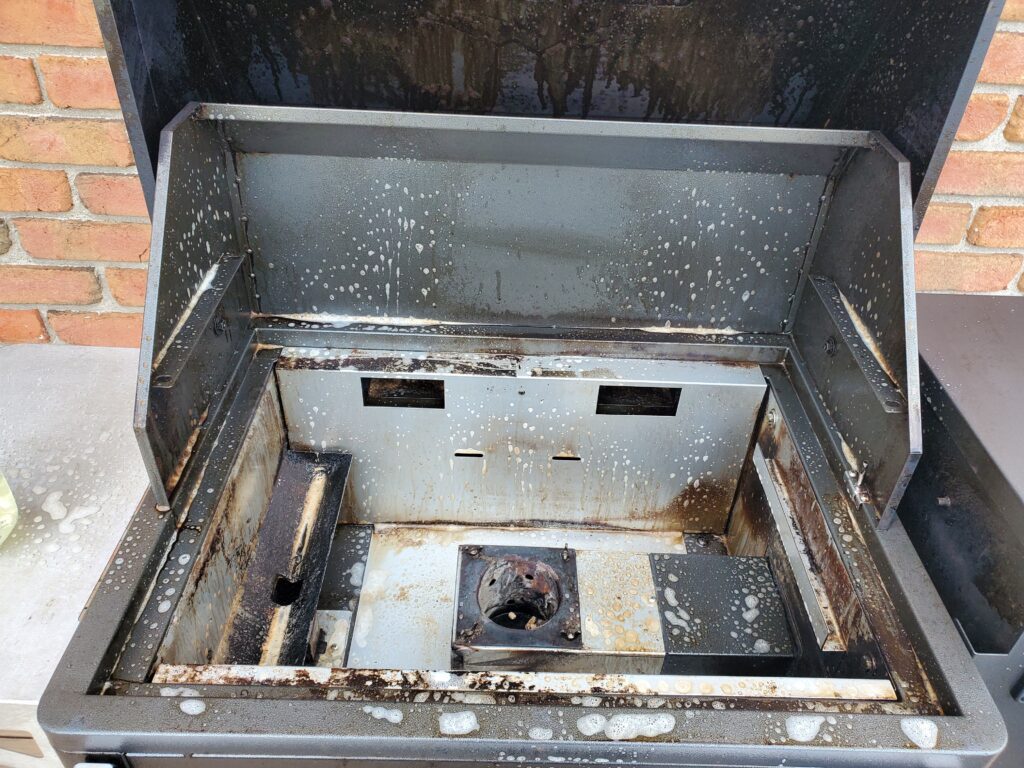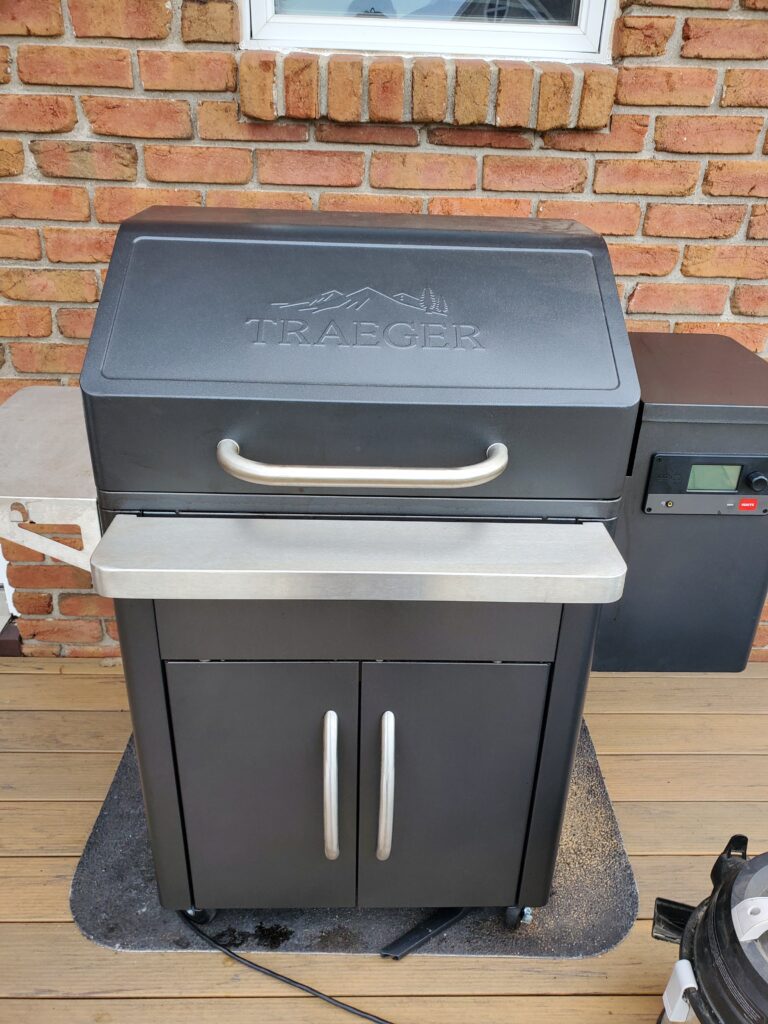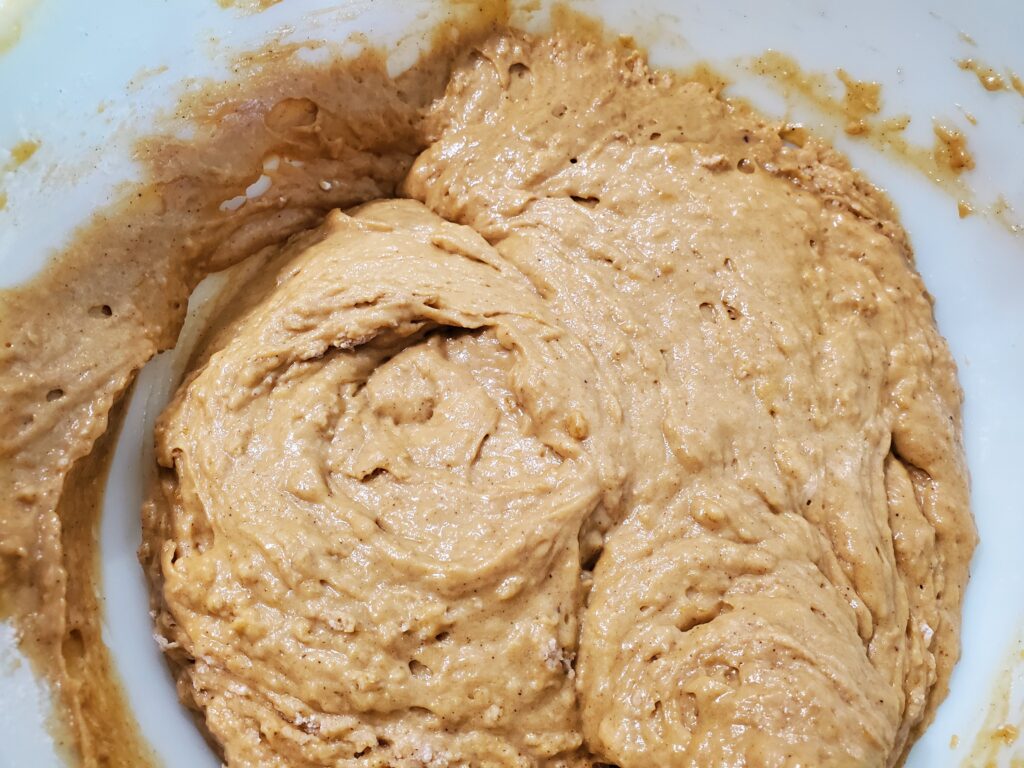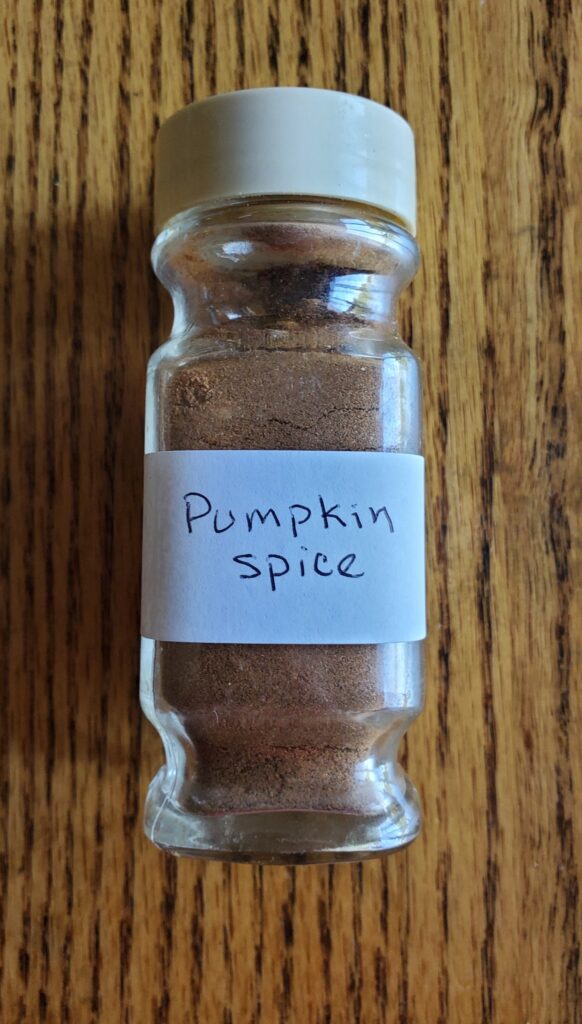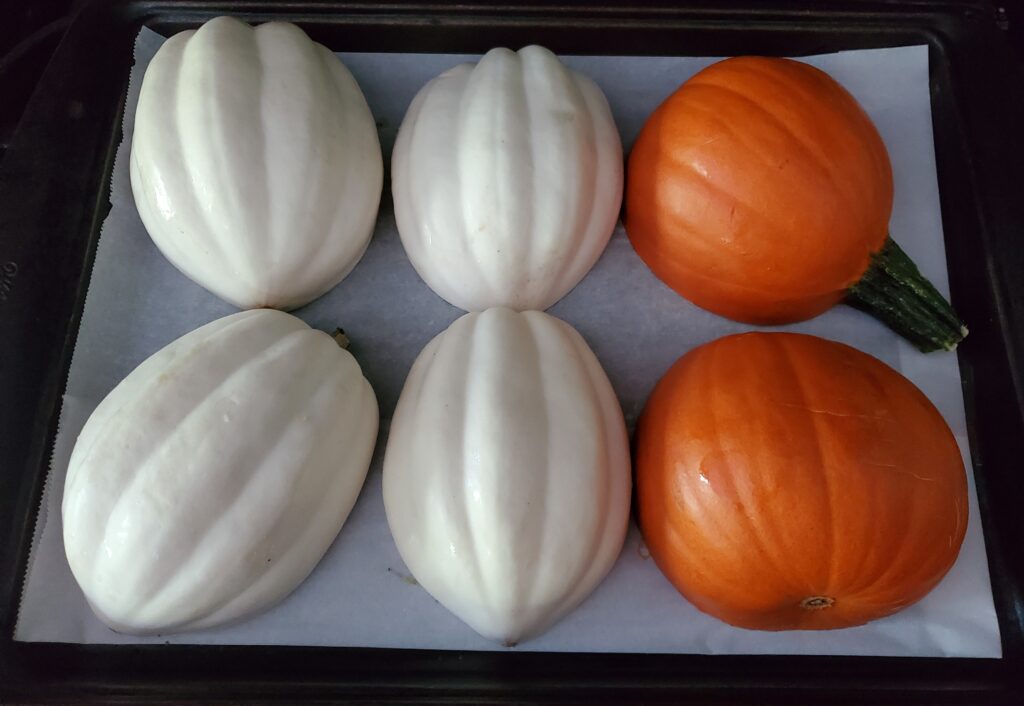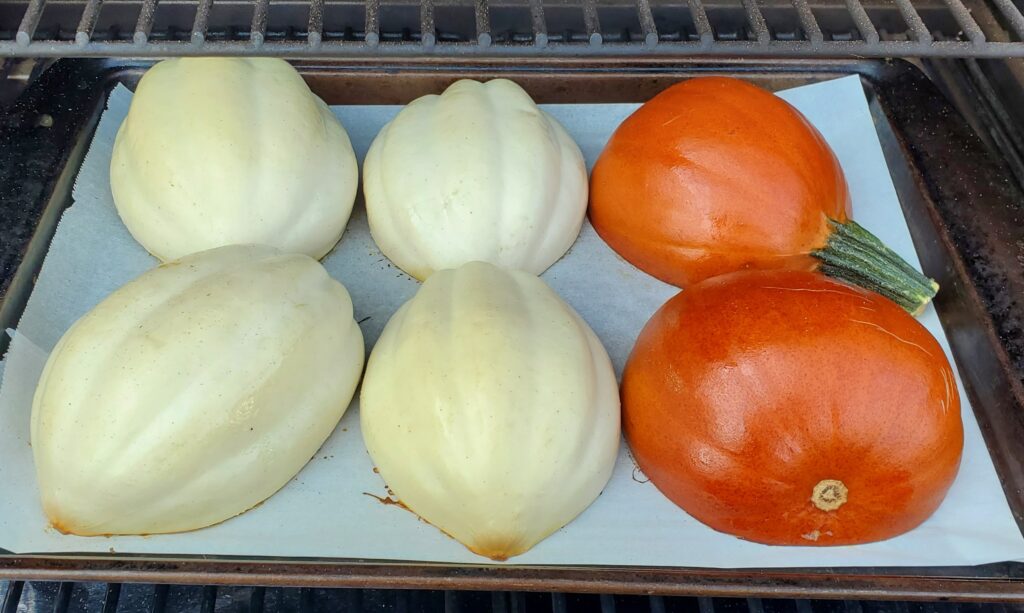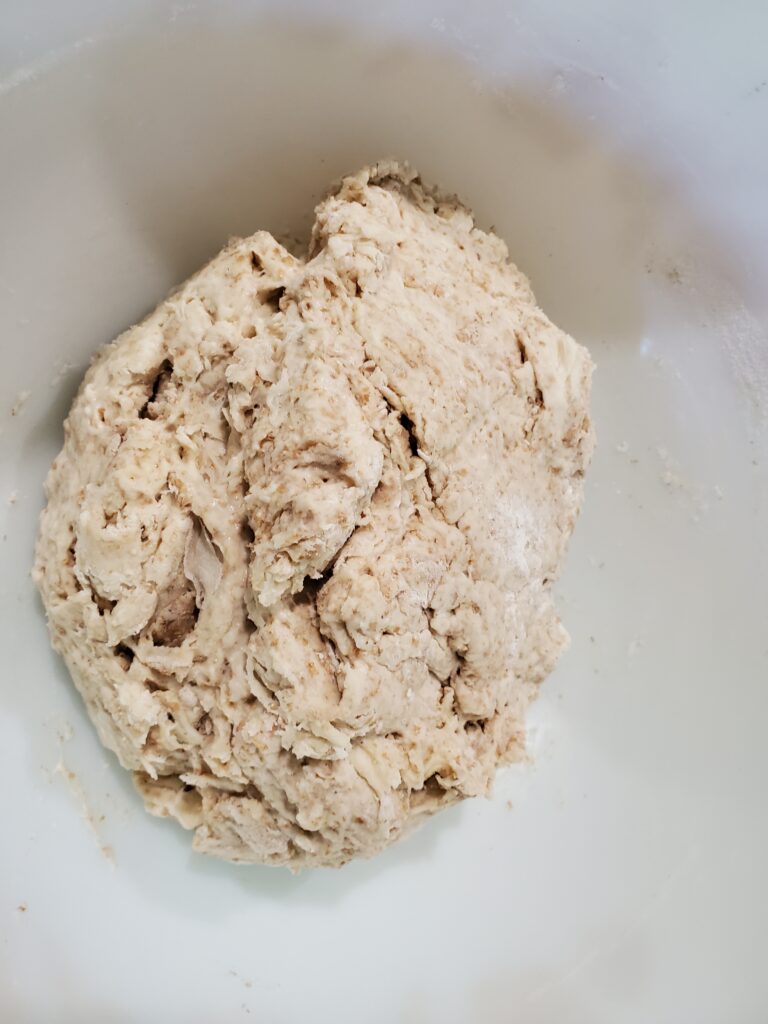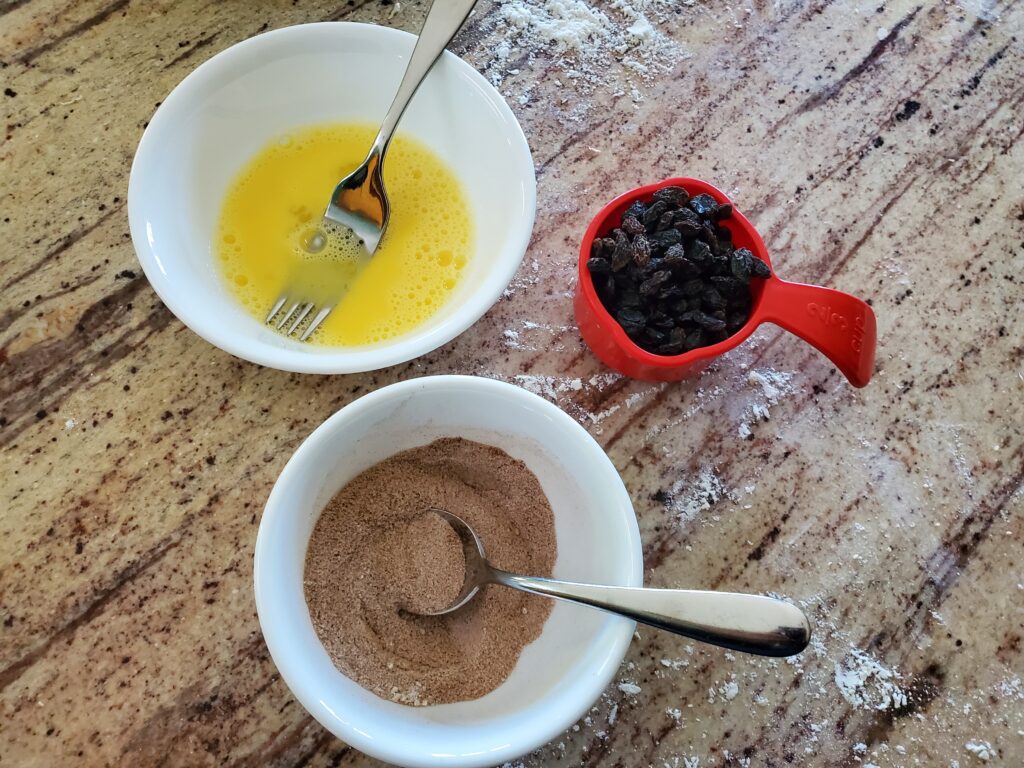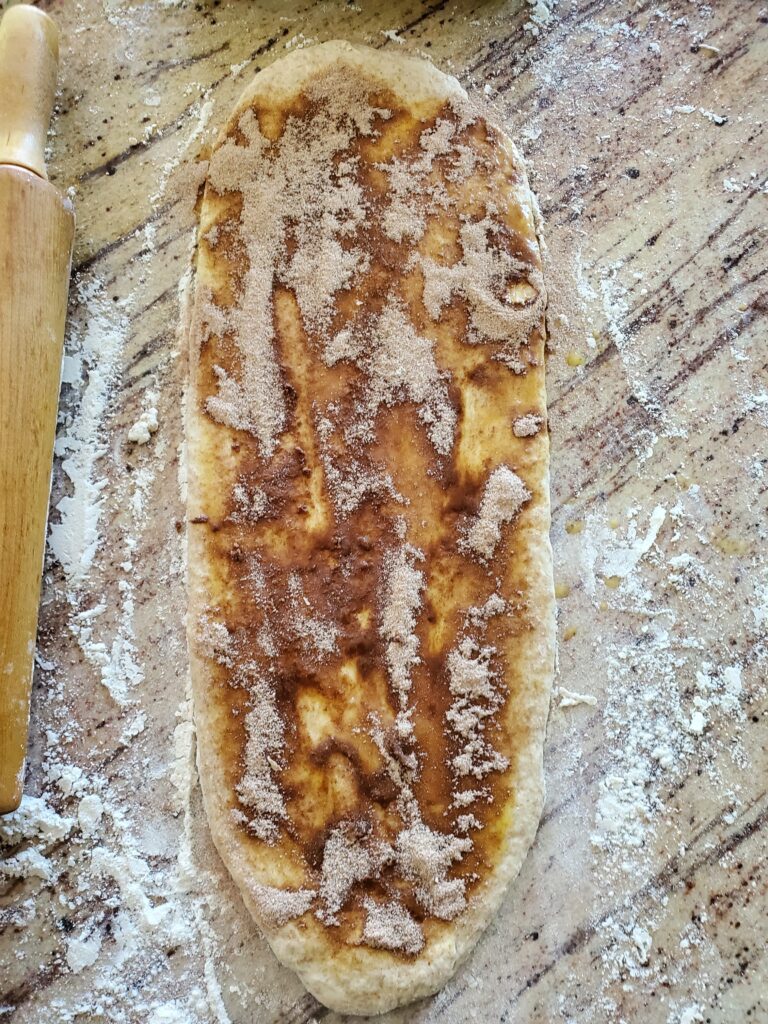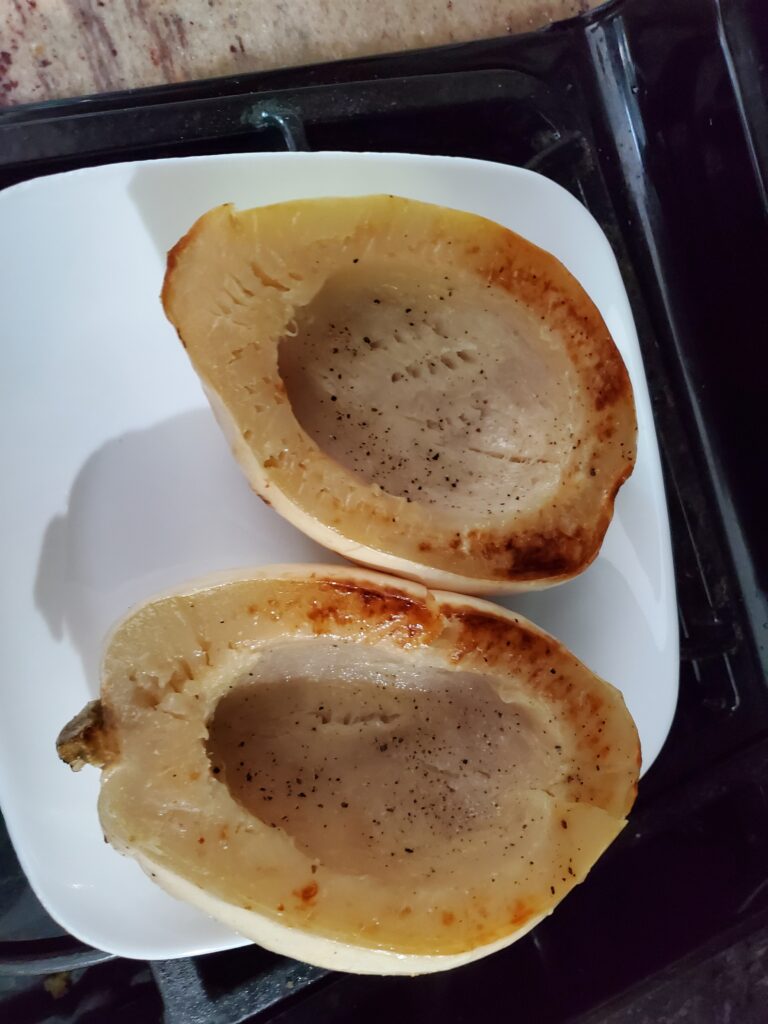Cranberry sauce is a staple at any Thanksgiving dinner. It’s so easy to just open a can of either whole cranberry or jellied cranberry sauce. Why trouble yourself with one more thing to make? You may wonder until you try the best homemade cranberry sauce recipe. This recipe is quick and easy, and it can and should be made ahead. This way it will be no trouble on Thanksgiving, when you are busy with other food. Give it a try, your family and friends will love you for it!
Disclaimer: This post may contain affiliate links. I earn commission at no additional cost to you.
What tools do you need to make homemade cranberry sauce?
- Sauce pan
- Colander
- silicone spatula
Ingredients:
- 20-24 ounces of fresh or defrosted frozen Cranberries
- 2 cups apple cider
- 1.5 cups sugar
- 1 teaspoon cinnamon
How to make homemade cranberry sauce
Start by rinsing the fresh or frozen cranberries.

Pour the apple cider into a sauce pan and bring to a boil.

Reduce to a simmer and add the sugar. Stir constantly until all of the sugar is dissolved.

Then add the cranberries and cinnamon.

Continue to simmer on medium heat and stir occasionally until most of the cranberries have burst, approximately 10 minutes. Watch it close so it does not boil over. After about 10 minutes, remove the pan from heat and allow the sauce to cool to room temperature.

It will thicken as it cools. Refrigerate the sauce overnight, where it will continue to thicken. Remove the sauce from the refrigerator 1-2 hours prior to serving.

More Thanksgiving Sides
- Butternut Squash Risotto
- Potato Croquettes
- Mashed Potato Squash
- Easy Apple Pie
- Pumpkin Spice Bread
- Pumpkin Apple Soup
Printable recipe
Servings
10 minutes
Preparing Time
5 minutes
Cooking Time
10 minutes
Calories
kcal
INGREDIENTS
20-24 ounces of fresh or defrosted frozen Cranberries
2 cups apple cider
1.5 cups sugar
1 teaspoon cinnamon
DIRECTION
- Start by rinsing the fresh or frozen cranberries. Pour the apple cider into a sauce pan and bring to a boil. Reduce to a simmer and add the sugar. Stir constantly until all of the sugar is dissolved. Then add the cranberries and cinnamon. Continue to simmer on medium heat and stir occasionally until most of the cranberries have burst, approximately 10 minutes. Watch it close so it does not boil over. After about 10 minutes, remove the pan from heat and allow the sauce to cool to room temperature. It will thicken as it cools. Refrigerate the sauce overnight, where it will continue to thicken. Remove the sauce from the refrigerator 1-2 hours prior to serving.


